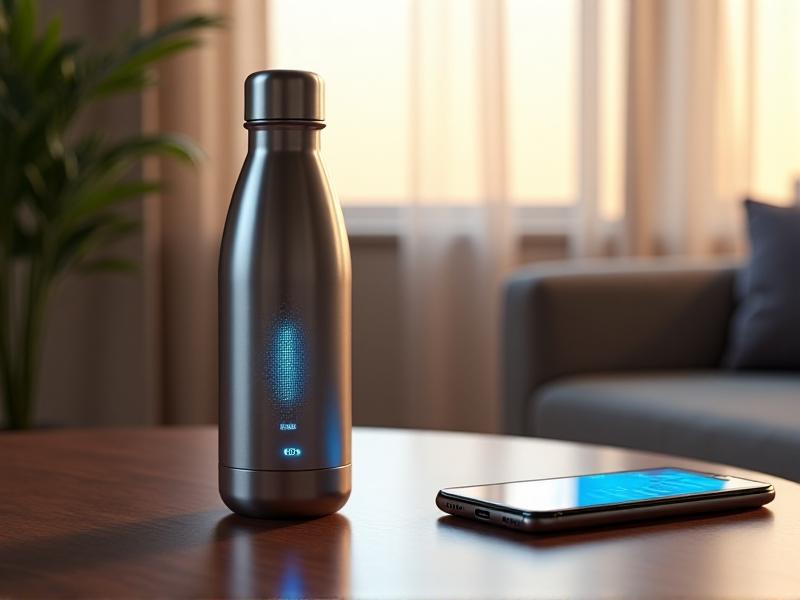Desk-side Resistance Band Workouts
The Hidden Costs of Sitting: Why Desk-side Workouts Matter

Modern work culture often chains us to desks for hours, leading to stiff joints, weakened muscles, and diminished energy. Prolonged sitting correlates with increased risks of cardiovascular issues, poor posture, and chronic pain. Resistance bands offer a practical antidote—they’re portable, affordable, and versatile enough to integrate into even the busiest schedules. By engaging muscles periodically throughout the day, you counteract stagnation, boost circulation, and maintain mobility without disrupting workflow.
Choosing the Right Resistance Band for Your Workspace

Not all resistance bands are created equal. Tube bands with handles excel for upper-body pulls, while loop bands are ideal for lower-body exercises. Opt for latex-free options if allergies are a concern. Light to medium resistance works best for desk-side routines, as heavier bands may strain joints during repetitive micro-workouts. Store bands in a desk drawer or hang them discreetly under the desk for quick access.
Upper Body Exercises: Combating Tech Neck and Tension

Seated rows target the rhomboids and rear deltoids, reversing the forward hunch from screens. Anchor the band under your desk or chair legs, grasp the handles, and pull toward your torso. Overhead presses with a loop band—step on the band and press upward—strengthen shoulders. Lateral raises, using the band underfoot, fire up the lateral deltoids. Aim for 10–15 reps per exercise to alleviate stiffness during breaks.
Lower Body Activation: Revitalizing Legs and Glutes

Combat "dead butt syndrome" with seated leg presses: loop a band around your ankles and push one leg forward against resistance. Glute bridges—place the band above your knees, lift your hips while squeezing your glutes—can be done discreetly in a chair. For inner thighs, seated adductor stretches with the band wrapped around your thighs provide low-profile toning. These moves boost lower-body circulation during long meetings.
Core Stability: Building Postural Resilience
Anchor a band to a desk leg for seated woodchoppers: rotate your torso diagonally, pulling the band across your body. Seated knee lifts with the band underfoot challenge the lower abs. Isometric holds, like pressing the band outward at chest height, build endurance in the deep core muscles. These exercises foster stability, reducing lower back strain from slouching.
Crafting Your 10-Minute Desk-side Routine
Pair 2–3 upper-body, lower-body, and core exercises into a circuit. For example: rows (upper), leg presses (lower), and woodchoppers (core). Perform each for 45 seconds, rest for 15, and repeat twice. Schedule sessions before energy slumps—like mid-morning or post-lunch—to sustain focus. Use calendar alerts or habit-stacking triggers (e.g., after checking email) to cement consistency.
Staying Accountable: Habit Stacking and Reminders
Link workouts to daily tasks: do a set after sending an email or during phone calls. Apps like Tabata Timer can structure intervals. Track progress in a notes app—logging reps or tension levels creates positive reinforcement. Share routines with colleagues to foster accountability; a 5-minute group band session can uplift team morale.
Common Form Errors and How to Fix Them
Avoid jerky movements—slow, controlled motions maximize muscle tension. Keep shoulders down during pulls to prevent neck strain. If the band slips, double-loop it around the anchor point. For lower-body work, maintain slight knee bends to protect joints. Still stuck? Record a video to self-check form or consult a virtual trainer.
Seamless Integration: Blending Exercise with Tasks
Multitask strategically: perform calf raises while reading or leg extensions during calls. Keep bands within arm’s reach—loop them around chair legs preemptively. Use standing desk transitions for banded squats or stretches. The goal isn’t intensity; it’s frequent, mindful movement that compounds over weeks.
Beyond the Basics: Advanced Bands and Accessories
Upgrade with door anchors for expanded exercise options, or textured bands for better grip. Pair mini bands with balance discs to engage stabilizers. For tracked progress, use smart bands with tension sensors synced to fitness apps. Even small enhancements keep routines fresh and challenging.







